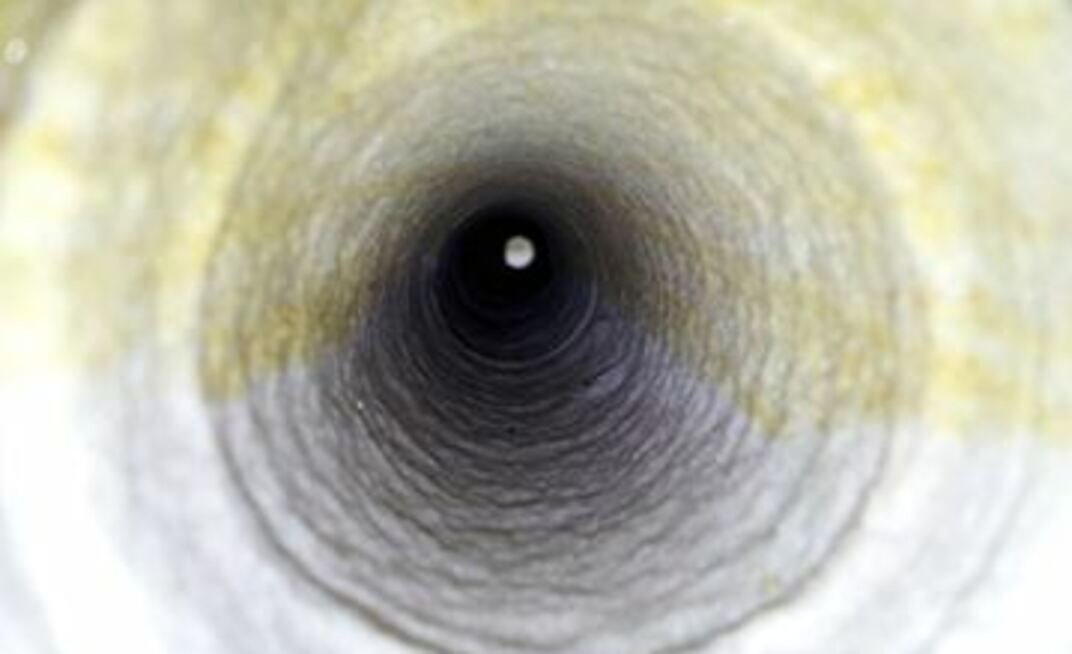Cable-bolt, or long tendon installation practice for underground roof support, is considered to be a highly unproductive exercise and presents a major bottleneck to roadway development in underground coal mining.
CRCMining underground coal program leader Scott Adam said the required manual handling of drill rods during the drilling process presented a hazard to cable bolting operators as well as exposing them to the unsupported rock mass.
“An urgent need exists for an improved technique for mounted cable-bolt drilling and installation systems to increase both safety and productivity,” he said.
A recently concluded investigative project funded by CRCMining and the Australian Coal Assocation Research Project investigated the potential of CRCMining’s water jet technology for drilling holes for cable-bolts in underground coal mines.
The investigation demonstrated that good quality holes – with tight diameter control and a straight trajectory – for cable-bolt installation could be drilled in sandstone at appropriate speeds.
“The water jet drilling technology deploys a high-pressure water jet cutting head attached at the end of a high pressure hose for rapid and continuous drilling of holes of varying length, without the need for manual handling or removing of drill rods as part of the cable-bolt installation process,” Adam said.
“The technology will also provide step improvements in underground roadway development productivity.
“In addition there is strong potential for combining the water jet technology with cable-bolt installation and eventually automating the entire installation process.”
A subsequent development program is being proposed to engineer the capabilities demonstrated during the investigation into a single prototype tool and deployment system.
The system will then be deployed into a mining environment for a proof-of-concept demonstration and assessment trials to examine long-hole deviation and handling of actual strata conditions and variation.
























